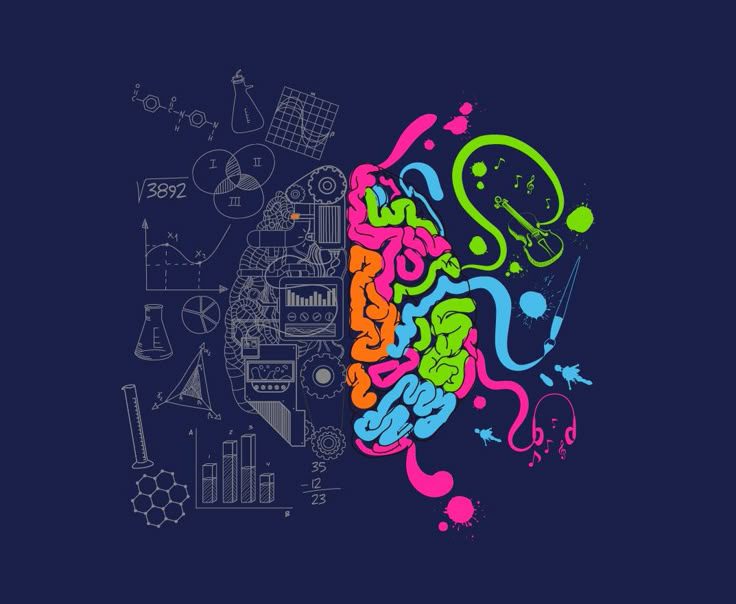Creativity has always been about ideas, but in 2025, it’s also about the tools that bring those ideas to life. From startups to global agencies, the right design platforms can mean the difference between a quick concept sketch and a polished campaign ready to launch. For today’s creatives whether you’re a solo entrepreneur, marketer, or professional designer tools like Canva and Figma have become as essential as Photoshop was a decade ago.

But Canva and Figma are just the beginning. A new wave of digital platforms is democratizing creativity, making it easier for anyone to design, collaborate, and publish across mediums. Here’s a closer look at the tools every creative should have in their arsenal.
Canva: Design for Everyone
Canva’s meteoric rise is no accident. Its drag-and-drop interface, massive template library, and AI-powered features have turned it into the go-to platform for non-designers.
Example: Small businesses use Canva to create professional social media posts, marketing decks, and even videos in minutes without hiring a designer.
Stat to note: Canva reached 170 million monthly active users in 2024, proving that accessible design is here to stay.
Figma: The Collaboration King
Where Canva democratizes design, Figma revolutionizes collaboration. Designers, developers, and marketers can work in real-time on the same file, eliminating endless back-and-forth emails.
Its 2023 acquisition by Adobe signaled just how central Figma has become to the design ecosystem. From startups building their first app UI to Fortune 500s prototyping digital experiences, Figma is the backbone of modern product design.
Adobe Creative Cloud: Still the Industry Standard
Despite the rise of newer tools, Adobe remains the heavyweight. Photoshop, Illustrator, Premiere Pro, and After Effects are still indispensable for professionals handling advanced design, video editing, or animation.
For creatives who want full control and industry-grade results, Adobe’s suite remains unmatched though its complexity and cost can be barriers for newcomers.
Notion: Creativity Meets Productivity
Notion has become a favorite among creatives for content planning, idea organization, and project management. With customizable templates and AI integrations, it helps creatives turn scattered ideas into structured workflows.
Teams often use Notion alongside Figma or Canva to map content calendars, storyboard campaigns, or manage client deliverables.
Procreate: Power in Your Palm
On the iPad, Procreate is the digital artist’s dream. It combines intuitive gesture-based controls with professional-level tools for illustration and painting.
Artists praise its portability allowing them to sketch, design, and refine projects anywhere. In many ways, Procreate has replaced the traditional sketchbook for today’s digital-first creative generation.
Descript: Reinventing Media Editing
For podcasters, marketers, and content creators, Descript makes editing audio and video as easy as editing text. Its AI-driven features like overdub voice replacement and automatic transcription are revolutionizing media production.
Creators who once needed entire production teams can now manage professional-quality podcasts and videos independently.
Honorable Mentions: Tools for Niche Needs
- Miro: For brainstorming and virtual whiteboarding.
- CapCut: TikTok and Reels creators’ favorite editing tool.
- Blender: Free, powerful 3D design software.
- Affinity Suite: Cost-effective alternative to Adobe.

Conclusion: Building Your Creative Stack
The best creative tools aren’t about replacing human talent they’re about amplifying it. Canva empowers accessibility, Figma drives collaboration, Adobe offers mastery, Notion organizes ideas, Procreate enhances artistry, and Descript simplifies media.
For creatives, the smartest move is building a stack of complementary tools that reflect your workflow. In 2025, success comes not from mastering one tool but from combining the right ones to turn vision into execution fast, collaborative, and at scale.






